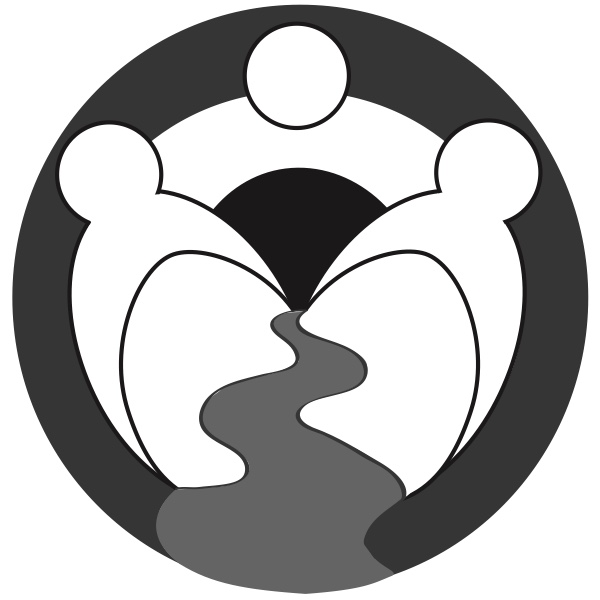Sacopee Valley Birthing Services
Pessary Fittings
Let's Talk about our Pelvic Floor Health!
We need to start speaking openly about the health of our pelvic floor and how to care for it throughout our lives. Pelvic floor dysfunction can impact our lives adversely and we can do something about it!
Folks that are at risk for Pelvic Floor Dysfunction are not just those who have given birth vaginally! Straining with bowel movements and poor toilet position, lifting heavy loads, high impact sports, C sections and other abdominal surgeries, lack of core strength, poor posture, excess weight, peri-menopause, and menopause can all impact the pelvic floor.
There are various preventative practices and holistic health routines that can help you maintain a healthy pelvic floor. I have listed some informative links below.
One of the most important practices that we can change easily and daily is how we sit on a toilet. Squatting instead of sitting puts less strain on your pelvic floor and supports the abdominal wall.
You can purchase a specialized foot stool that positions your body so that you are squatting when you sit on the toilet called a Squatty potty or Wells step. Bricks or small stools can also be used. This is an important addition to everyones routine!
It is wise to see a physical therapist that specializes in pelvic floor health if you have incontinence, pressure, bulging, constipation or a feeling of fullness. I recommend that people see a physical therapist by 6 months postpartum for an evaluation. Both the lack of strength and inability to relax the pelvic floor muscles are often the cause of incontinence and pain during sex. This can lead to more severe prolapses.
The treatment plan begins with pelvic floor exercises, biofeedback, and mechanical devices with the goal to build coordination in the forgotten muscles of the pelvis.
If the primary treatment plan does not result in desired improvements- a pessary may be of benefit. It is a useful choice for stress incontinence, bladder or rectal dysfunction. Pessary use dates back to the 5th century! A pessary is a silicone device similar to a vaginal contraceptive diaphragm. It is a low risk treatment option. In order to use a pessary, a person needs to be comfortable with their body and able to insert the pessary in their vagina. Simple ring or dish pessaries are valuable for first and second degree prolapse and space filling pessary use helps 3rd degree. In cases where surgery is not an option then pessary use for 4th degree prolapse can be tried. Surgery should be the last option in treating pelvic floor issues.
The key to comfortable use is a good fit. A practitioner needs to allot the time needed to fit a person well and provide education and future support. A client will need to be willing to try more than one type of pessary.
If your pelvic floor therapist recommends a pessary please call for more information.
I provide
- free phone consult to answer any questions you may have
- an initial fitting visit that lasts between 1- 1 1/2 hours
- I will order a pessary that fits your needs
- a follow up visit in order to confirm the fitting
- provide more education for use
- follow up visits as needed
- discounted fee schedule
- I do not bill insurance but will provide you a statement to request reimbursement.
Brenda Surabian CPM
Sacopee Valley Birthing Services
Serving Greater Portland
Maine
brendasacopee@gmail.com
207 329 2111 ext 1
Helpful Resources
More to come...this is a work in progress!
UK and Austraiian info websites where people routinely see a Pelvic Floor Therapist after birth!
Michelle Lyons explains non surgical treatment of pelvic organ prolapse
Fem Fusion Fitness videos on You tube is a fantastic resource.
Toliet devices to encourage squatting
Prolaspe and Running

